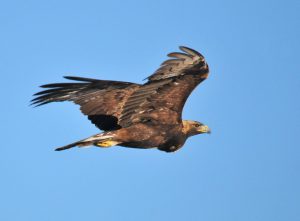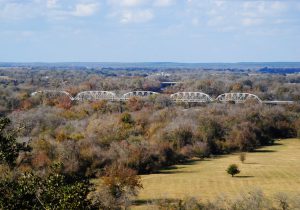Want to see a Spotted Owl in Texas? Or maybe a Lesser Prairie-Chicken? How about Black Rail? Well, according to eBird, tough luck. You’re on your own.
In October 2017, eBird took action in protecting certain declining species around the world by creating a category they call “sensitive species”. Today if you try to look up any of these sensitive species in eBird, you’ll only find generalized locations with no dates, counts, or notes. While this is a great conservation move, it sure makes a birder’s job of seeing these species harder.

The Texas Big Three
Texas really wasn’t hit too hard by the “sensitive species” change. But if you enjoy traveling the state and adding birds to your life list, your goal is a little more difficult now.
Texas Species Affected:
Black Rail
Lesser Prairie-Chicken
Spotted Owl
Gyrfalcon
Yes I’ll admit, calling a Gyrfalcon a Texas species is stretching. But it has happened!
According to eBird, “some bird species face risks including capture, targeted killing, or significant disturbance”. It seems eBird is moving to protect species that have been especially harmed by human activity. In many cases the activity is intentional, such as trapping for the pet trade.
Gyrfalcons are an example of a species that’s been taken advantage of by people, as it’s prized in the falconry community. Although Gyrfalcons are a global species, they’re typically observed above the Arctic Circle. Individuals will sometimes wander much further south during winter. During late winter of 2002, the first Texas record of this species appeared in Lubbock. It was seen repeatedly perched on a water tower, until about 2 months later when it left, never to be seen again.
Texas won’t play much of a role in the Gyrfalcon’s future, but we certainly have our own birds to protect right here at home.
The State of the Texas Big Three
The Black Rail nationwide population has experienced steady decline for about 100 years now. The good news is the population has been somewhat more stable in recent decades, largely due to federal wetland protections from the 1977 Clean Water Act. Compared to other states, the Texas Black Rail population has been the most robust in the U.S. for several decades now.
Lesser Prairie-Chicken, a candidate for endangered species status since 1998, is actually seeing modest increases in numbers nationwide. This Prairie-chicken has always been challenging to find in Texas, which hosts only a small percentage of the national population. Natural population swings tied to periods of drought can unfortunately undo periods of short term population growth, which is typical in prairie species such as quail and other grouse.
Spotted Owl has always been a great challenge for Texas birders to observe. Reports have come primarily from the Guadalupe Mountains, which is the recommended location for any birders who want to test their luck. They have also been spotted on The Nature Conservancy property in the Davis Mountains, plus several winter reports in El Paso County. One individual was photographed in El Paso County in January 2018. Nationally, Spotted Owl population numbers are declining, partly due to the range expansion of the similar but more aggressive Barred Owl.
The Trades Offs
As a birder, how do you feel about eBird hiding data from you and others? Do you applaud their efforts to protect birds? Do you feel a little frustrated or sad that it will now be more difficult for you to see and enjoy these species yourself? I’ll admit that I feel both of these things simultaneously.
I’m always torn between restricting access to animals for their protection, and robbing wildlife enthusiasts of the elating experience of seeing them in the wild. People with memories of seeing an animal in its natural setting have the emotions and nostalgia that comes with it. They’re the citizens most likely to vote for politicians who push for conservation legislation, most likely to donate money to non-profits, and most likely to become hobbyist and career biologists.
Protecting these species is critically important for their survival, but so is giving people access to them so that the public actually cares about their fate.
The Accidental Benefits of Limiting Information
We live in the information age. Google and Facebook have proven that he who has the information is the one everybody wants to be close to and do business with. So what happens when you’re a birder and want to know where to see your target bird? Who do you go to for that information?
eBird has got to be the most useful tool available to birders today. It’s the best thing to happen to birders since binoculars! Why? Because they have the information birders want, and information is king.
With the “sensitive species” change, eBird just created a scarce commodity where, just before this change, it was readily available. The desire and demand to see unusual, rare, or captivating bird species is only increasing as the number of birders continues to slowly increase. And where there is a demand, someone will move to fill it. That’s capitalism at its most basic.
So now we have relatively few individuals who know where to see these sensitive species. We also have birders who’d love to get their binoculars on these birds, and I think would be willing to purchase that opportunity for the right price. Can you see where this is going?
Calling All Ecotourism Entrepreneurs
Aside from guided tours potentially bringing more money into the Texas ecotourism sphere, birding guides could also be a great way to naturally regulate exposure to these sensitive species. Small groups stand a better chance of successfully finding a bird, so guides will surely limit the number of people they take out at any time.
Guides who take people to see, say, a Lesser Prairie-Chicken lek, provide a natural vetting system for who gets to see the bird. People who truly value the birds will pay a reasonable price. People who don’t highly value them won’t want to pay. Theoretically, this would lead to sensitive birds being exposed only to birders who know how to behave themselves. If an individual wants to push the limits by getting too close, maybe to get a better photo, there’s a guide right there breathing down their neck to discourage harmful behavior like this.
Ferruginous Pygmy-Owls at the Norias Division of the King Ranch are the perfect example of this concept already in action. Guides employed by the King Ranch have been showing birders their resident Ferruginous Pygmy-Owls since at least the 1990s. They currently charge between $135 and $150 for a 9 hour tour that includes the owls, or you can book a 4 hour private tour that likely costs less. In this controlled environment, the owls have been there for decades and are still going strong.
For birders, the King Ranch tours are a great opportunity to see this hard-to-find Texas species. Yes, it costs money. But those who really want to see the owls will pay, and will surely have a great time. Extending this experience to Lesser Prairie-Chickens, Black Rails, and maybe even Spotted Owls, would certainly benefit birders and would still provide protection and limited access to these declining species.
How to Find These Birds Today
So this is BirdingLocations.com, where the mission is to enable birders to see more birds. So how does a Texas birder get their lifer Black Rail or Lesser Prairie-Chicken? Is there a strategy for making an attempt at Spotted Owl?
Well of course! Below are my recommendations for each of the Texas sensitive species.
Black Rail
Black Rails have been detected in nearly every coastal county in Texas, but the greatest concentration is on the upper Texas coast. Good public locations to try include:
San Bernard National Widlife Refuge
Anahuac National Widlife Refuge
Brazoria National Widlife Refuge
Aransas National Widlife Refuge
This is a bird you need to listen for, as seeing it is extremely difficult. These rails vocalize most frequently in the evenings around dusk during breeding season.
The best month is April, although May and June can still be productive.
The best time is 7pm until 10pm. They call in the mornings as well, but not with the same intensity as late evenings.
Other Helpful Tips:
Black Rails are found in well vegetated marshy areas with 90%+ cordgrass.
Moon phase has been suggested by studies to have an effect on activity as well. Black Rails seem to call slightly more often on days in the month closer to a full moon. Winds must be low. Anything above 5mph is likely to kill your chances of hearing or seeing a Black Rail.
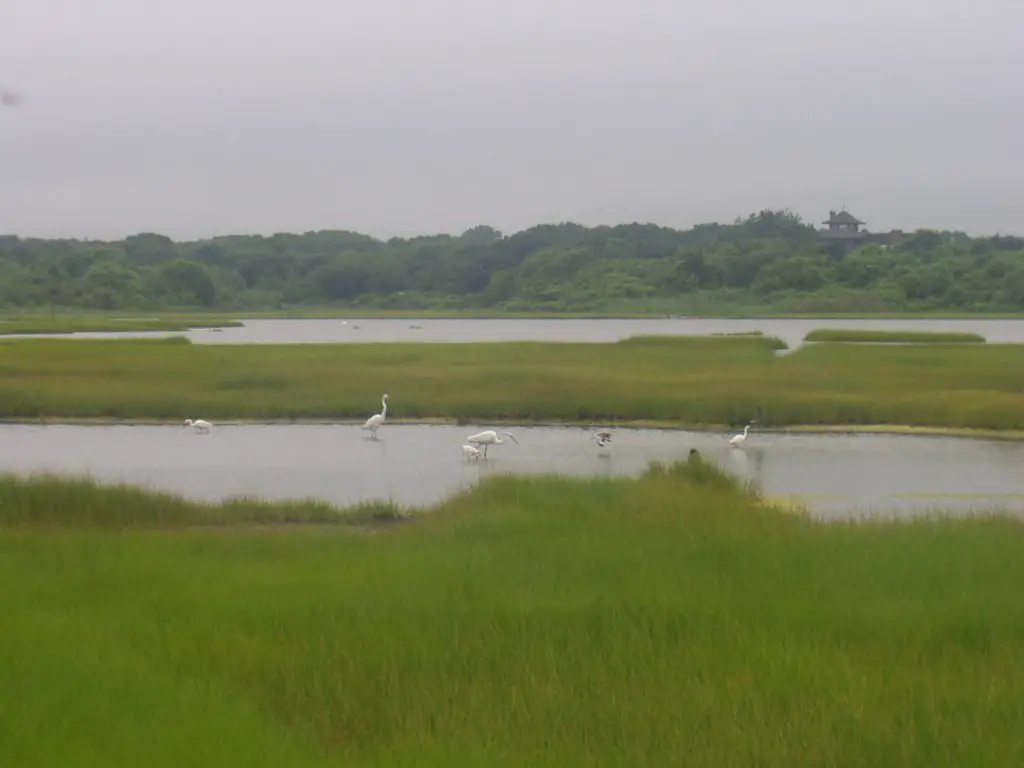
Lesser Prairie-Chicken
Prairie-Chickens are easiest to find during the breeding season when the males are displaying on lek sites. April is going to be your golden month for this bird, although they can begin displaying in late March and go through early May.
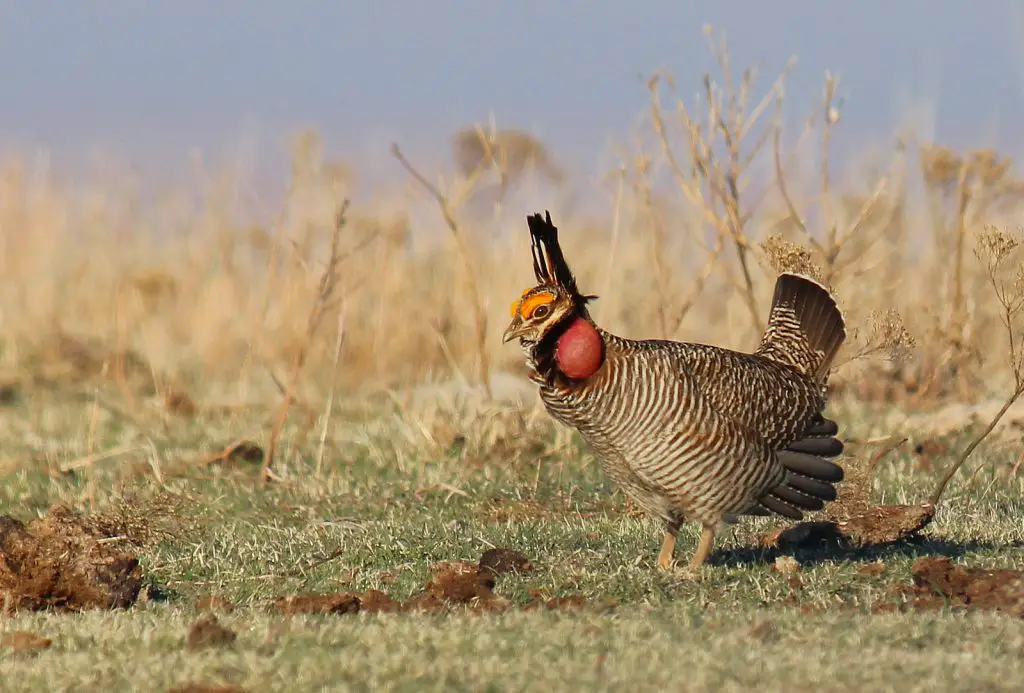
The best counties to try are:
Cochran County (directly west of Lubbock, try the western and southern portions).
Possibly Bailey County along the New Mexico state line.
Hemphill County along Oklahoma shows strong numbers on eBird. Many of these sightings may be at Gene Howe WMA, which is publicly accessible according to their website. Be sure to call first if you’re driving a considerable distance to get there, make sure they’re open. It also wouldn’t hurt to ask if they know of any nearby Prairie-Chicken spots while you’ve got them on the phone.
Driving county roads in Cochran, Bailey, or Hemphill County during April is likely your best bet for Lesser Prairie-Chicken. While driving by appropriate habitat, watch and listen for booming (calling) males on a lek site.
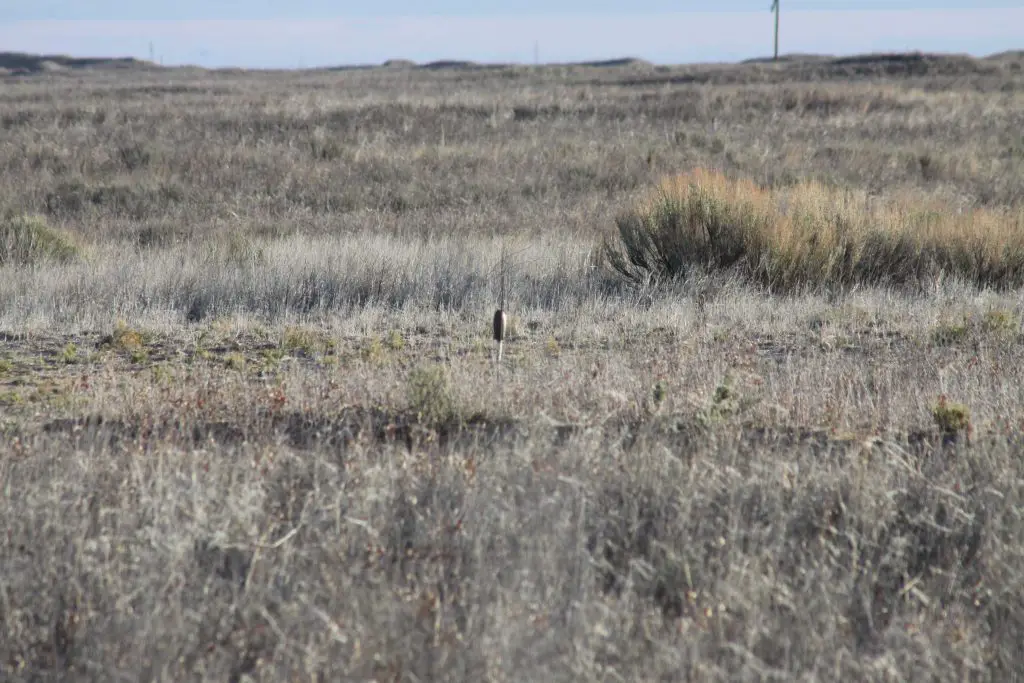
With as big as the Texas Panhandle is, this is definitely a needle in a haystack search. For the sake of time and simplicity, consider just hiring a guide who can take you straight to a lek. If you need a recommendation, contact Drew Harvey. He is based out of Lubbock and knows where a few leks are located.
Spotted Owl
This species is believed to be a consistent resident of the Guadalupe Mountains, although in very low numbers. Historically they’ve been reported on the Devil’s Hall Trail, in McKittrick Canyon, and up high in The Bowl.

Devil’s Hall has always been the go-to spot for most birders. Hike along the rocky creek bed into the canyon. The elevation change is minimal so the hiking isn’t too strenuous. Check the branches of oak trees as you move through, you may get lucky and see a perched owl. If you begin your hike a couples hours before sunset then you can time your arrival to the turn-around point (2.1 miles in) as it starts to get dark. This is your opportunity to stop for 20-30 minutes and listen for calling owls before heading back.
Make sure your flashlight batteries are charged so you can make it back safely. Remember to use the buddy system and bring a friend, hiking alone in remote areas like the Guadalupe Mountains can be a safety risk.


